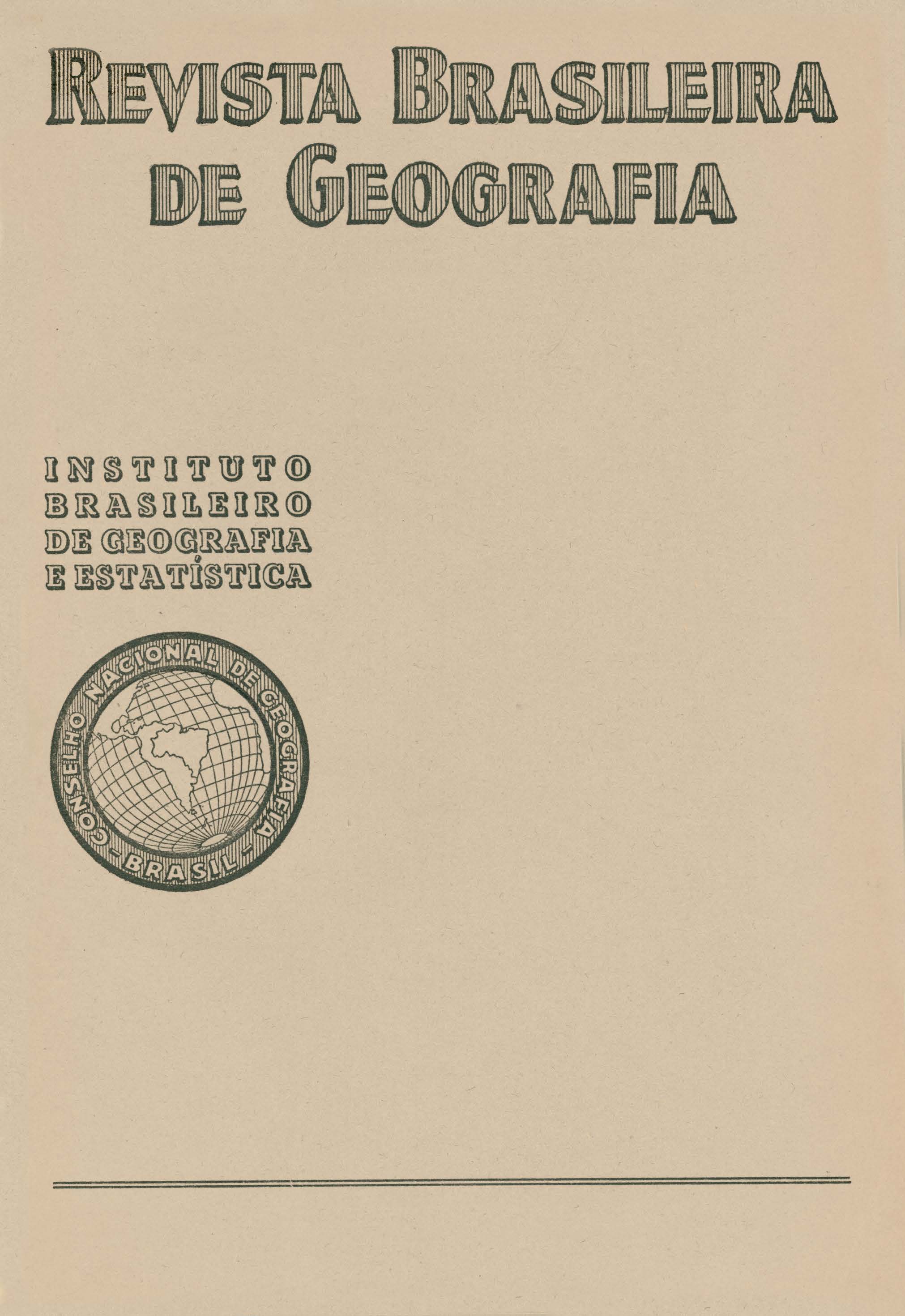O Alto São Lourenço : um reconhecimento geográfico
Resumo
Fernando Flávio Marques de Almeida the author and Professor in the Polytechnical Department of the University of São Paulo, made a geographical study in the high region of São Lourenço, covering an area of about 50.000 kilometers located between the parallels of 15 and 17S and the meridians of 53 and 55WG. The zone described is one of the least-known areas of the country so his observations ate especially valuable. He briefly, describes the geological evolution of the area, stressing the finding of rocks from the Proterozoic age covered by quaternary sediment in the low areas and which are composed of (filitos) and quartzites locally forced in by a rosy granite. In the Devonian age, sandy deposits and then clay deposits were added; later, orogenic forces gently lowered the sediment in the São Lourenço highland. Still later, in the Mesozoic age a sea invasion followed, in the Triassic age, by a period of continental sedimentation produced the red sand-stone. At the end of the Triassic age, basaltic intrusions occurred an example of which is the sill near Poxoreu. The Cretacian sedimentation was probably destroyed and the Pleistocenian and present limited itself to the reduced areas of the São Lourenço highland. The relief of the area is described and explained through the geomorphological evolution, always referring to the· unevenness of the ground with an explanation of its origin, many times with the vernacular translation of the native toponym. There is then a descriptive summary of the vegetal covering, with reference to the most characteristic types. A study of the climate based on the meteorological· facts of the nearest stations is made and finally, he writes about the people putting them in to three fundamental types: the diamond searchers, the workers and the Indiana plus one subsidiary group - the merchants. The majority of the population spend their time searching for diamonds, an occupation which is described in its general features.
About one-half of the population of the São Lourenço highland are situated in the district around Poxoreu, which was raised to the category of a city in 1938. At present it has 3.000 people and is the seat of Poxoreu township. The principal production is diamonds, having produced up to 1,500 carats per month. The lowest production was in 1943 when the year's output was only 6,000 carats.
The workers, mostly from Bahia and Ceará and relatively few in comparison to the diamond searchers, live where there is a lock of essential foods which are imported from Minas and São Paulo at prohibitive prices.
The native population of about 1,000 Bororos Indiana scattered in various villages on the banks of the rivers is in a state of extermination. Syrians dominate commerce in Poxoreu. The author concludes that the São Lourenço highland is a region perfectly favorable for human habitation, one of the most promising of the East-Central for colonization. Today, diamonds constitute the only reason for occupancy, but wood could also be a reason. The richness of the soil in the Devonian regions will be an aid of the agricultural colonization of the highland. The São Lourenço highland region will be a breadbasket for the East-Central region once a program of natural development is carried on there.






